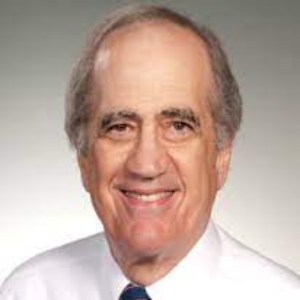Title : Clinical pharmacology of marijuana
Abstract:
Marijuana use in the United States has increased substantially for both recreational and medicinal purposes. Selftreatment of many conditions includes anxiety, post-traumatic stress disorder (PTSD) and, most significant, chronic pain. However, high-level clinical research needed to document such applications is lacking. Although still classified as a Drug Enforcement Agency (DEA) Schedule I product, marijuana has been approved for purchase in a majority of states but only if grown in that specific state. In addition to sales of the plant in various forms, active substances extracted such as delta-9-tetrahydrocannabinol (THC) and cannabidiol (CBD) are also available at retail stores. Some states require physician certification for purchase of THC products. In humans, an endogenous cannabinoid (CB) system is comprised of CB1 and CB2 receptors; THC and CBD activate these sites. THC is available as nabilone (DEA Schedule II) and dronabinol (DEA Schedule III) prescription products which are FDAapproved for administration as appetite stimulants and antiemetics. CBD (not DEA-scheduled) is officially sanctioned for seizures associated with Lennox-Gastaut syndrome or Dravet syndrome in patients 2 years of age and older. Although numerous studies have found some evidence supporting analgesic efficacy of cannabinoids across various pain disorders, they are not currently FDA-approved for treatment of chronic neuropathic pain (NP). NP results from damage to the nervous system, either centrally or peripherally. Unlike nociceptive pain, which results from acute traumatic or noxious insults such as burns or fractures, NP occurs from derangements in biological pain processing systems caused by disease, toxins, drugs or chronic injury. Examples include postherpetic neuralgia, diabetic peripheral neuropathy, chemotherapy-induced neuropathy, post-mastectomy pain, and chronic regional pain syndromes. The current FDA-approved armamentarium for treatment of NP includes calcium channel blockers, tricyclic antidepressants, antiepileptic agents, and a selective serotonin-norepinephrine re-uptake inhibitor. Many of these medications have limited effectiveness or cause unpleasant and intolerable side effects (e.g., sedation, drowsiness, weight gain), and are often selfdiscontinued. NP patients often seek relief with opioid analgesics but these drugs have their own attendant risks (e.g., Hyperalgesia, Endocrinopathy). Additional clinical research is needed to determine the efficacy of various drugs for NP, a common chronic and debilitating pain condition. In an ongoing pilot study led by Dr. Goldstein, daily doses of THC over a four-week period have been shown to reduce pain scores and use of other analgesic medications in patients with chronic NP; these data will be presented. In addition, other clinical pharmacological aspects of marijuana will be discussed, i.e., location of CB receptors, mechanisms of action, adverse effects, addiction liability, physical dependence, withdrawal, contraindications, and drug interactions.



